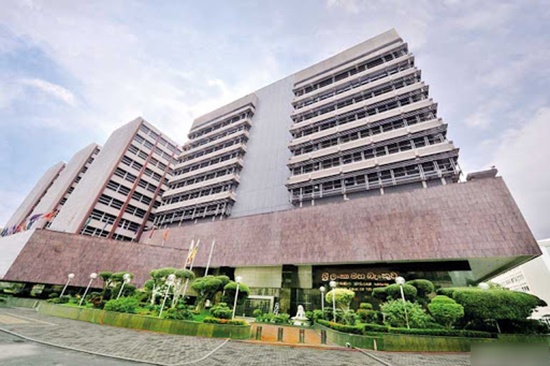CBSL: Adjustments made to external debt according to international standards-By Sanath Nanayakkare

Source:Island
The internationally accepted practice was to classify domestic debt and external debt based on the resident or non-resident status of the holder of such debt, Dr. Chandranath Amarasekara, the Director Economic Research at the Central Bank told The Island yesterday.
Dr. Amarasekera said so when he was asked to explain why the Central Bank had decided to reclassify US$ 2.2 billion worth of international sovereign bonds held by local entities as domestic debt.
“We did not have accurate information on ISB holdings by the resident/non-resident status of the holder, and accordingly a new survey was commenced in 2020 to collect this information, and this survey is continued on a monthly basis. According to the survey, ISB holdings of resident banks was around USD 1.1 billion at end 2019, which increased to over USD 2.2 billion by end 2020. With this new information, adjustments were made to external debt for 2019 and 2020. This does not mean that they are not shown in total government debt. The total gets the same treatment, while this was only a reclassification within the given total, where the entire ISB liability at face value of USD 15.05 billion at end 2019 and USD 14.05 billion at end 2020 are included in the outstanding government debt. Nevertheless, the international norm of reporting ISB liabilities at market value has been continued in relation to external statistics, as practiced in the past.” he explained.
When asked whether these sovereign bonds now shown in the books as domestic debt are going to be repaid in rupees, Dr. Amarasekara denied it saying, “Definitely not. This is similar to Sri Lanka Development Bonds which are mostly held by resident entities being repaid in US dollars. Also, it is the same with foreign currency loans taken by the government in USD from offshore banking units of local banks. They are also repaid in US dollars. In addition, we have continued to report non-resident holdings of Rupee denominated Government Securities as external debt although they are repaid in Rupees.”
The Island posed those questions to the Director of Economic Research of the Central Bank as Opposition MP Dr. Harsha de Silva questioned on Friday as to how Sri Lanka’s foreign debt stock was reduced suddenly.
“In fact, a big accounting gimmick has been performed this time. The Central Bank Annual Report states that ISBs to be repaid by Sri Lanka are about US$ 14.1 billion. Out of this, US$ 2.2 billion worth of sovereign bonds were bought by local entities like banks in the secondary market this year. Through an accounting gimmick, these ISBs have been accounted as domestic debt instead of foreign debt and thus it has been taken away from the foreign debt stock. But therein lies the hitch; to whomever it is to be repaid, it has to be settled in US dollars,” Dr. De Silva argued.
According to the Central Bank’s Annual Report, out of outstanding US$ 14,050 million of ISBs issued, US$ 2,230 million was held by domestic entities by end 2020, up from 1,113 million in 2019.







